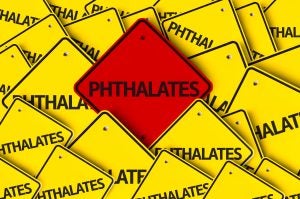Tom Neltner, J.D., Chemicals Policy Director, Environmental Defense Fund
This blog initially was published as a guest column in Chemical Watch on September 9, 2019. After publication, FDA filed its reply brief to the plaintiff’s August 23, 2019 brief. The briefings are complete and the case awaits a decision by the judge.
Litigation is a time-consuming and often inefficient means to fix a broken regulatory system. However, when there is a fundamental disagreement about a regulatory agency’s responsibilities under the law, it is an essential option. Such is the case with the “Generally Recognized as Safe” (GRAS) exemption from the requirement for pre-market approval of food additives in the Federal Food, Drug, and Cosmetic Act (FFDCA). The Food and Drug Administration (FDA) interprets this exemption as allowing companies to determine whether a substance’s use is GRAS in secret without any notice to the agency.
Next year, I anticipate a federal district court will make a final decision on a lawsuit[1] challenging the FDA’s 2016 GRAS Rule that formalized the agency’s broad interpretation of the exemption and its narrow interpretation of its responsibilities under the FFDCA to “protect the public health by ensuring that . . . foods are safe, wholesome, sanitary, and properly labeled . . . .” (21 U.S.C. §393(b)). It would come a decade after the U.S. Government Accountability Office (GAO), the independent, nonpartisan agency that works for Congress, concluded that “FDA’s oversight process does not ensure the safety of all new GRAS determinations.” The GRAS Rule does little to address the shortcomings described by GAO.
Environmental Defense Fund (EDF), represented by Earthjustice, and the Center for Food Safety (CFS) are the plaintiffs in the lawsuit asking the court to declare the GRAS Rule unlawful and vacate the rule. On August 23, we filed with the court our response to the agency’s brief on both parties’ motions for summary judgment. FDA is expected to file a reply in September. Based on these briefs, the court may order oral arguments before making a decision.










